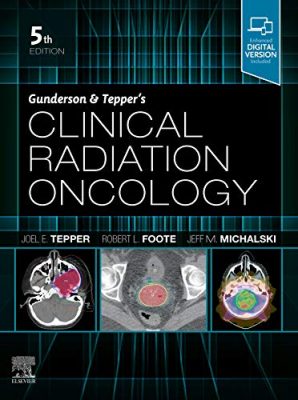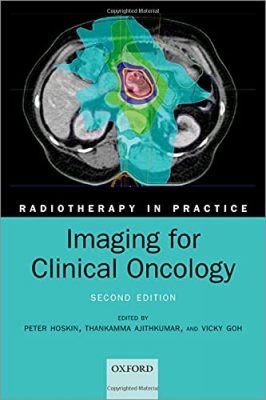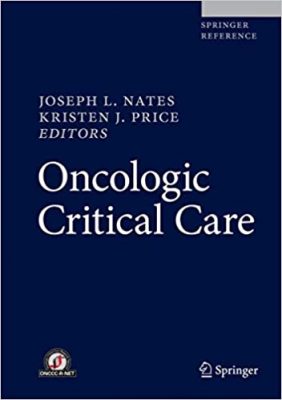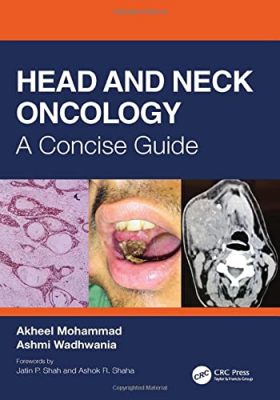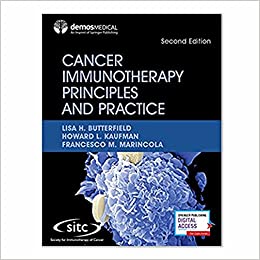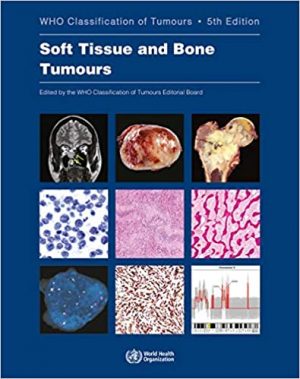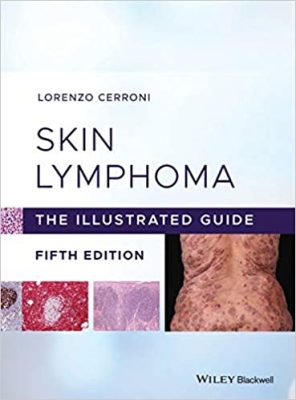Essential Cases in Head and Neck Oncology
Essential Cases in Head and Neck Oncology

Essential Cases in Head and Neck Oncology
As disorders of the head and neck continue to become more prevalent, otolaryngologic head and neck surgeons are in greater demand than ever before. Many schools of medicine are integrating Problem-Based Learning (PBL) to help students develop the skills necessary for surgical management of head and neck conditions, yet the selection of guidebooks available to trainee otolaryngologic surgeons is limited.
Essential Cases in Head and Neck Oncology uses real-life clinical cases to present clear and up-to-date explanations of treatment strategies for a wide range of cutaneous, salivary gland, and upper aerodigestive tract conditions, including benign and malignant tumors. Written and edited by renowned leaders in the field, and endorsed by the American Head & Neck Society, this essential resource contains full-color photographs, illustrations, and diagrams to better support readers in acquiring, synthesizing, and applying essential skills and knowledge in a clinical context. Its chapters provide detailed coverage of the oral cavity, skull base, trachea, thyroid, larynx, paragangliomas, salivary glands, and more.
This textbook also includes:
- Covers the full spectrum of head and neck surgeries, including reconstructive procedures
- Discusses ethics related to cancer treatments, medical research, and other care issues
- Promotes multidisciplinary critical thinking, clinical problem-solving, communication, and collaboration
- Helps medical students and trainees evaluate their learning and contextualize their knowledge
- Features high-quality images and succinct explanatory text throughout
Essential Cases in Head and Neck Oncology is an indispensable study aid for trainee clinicians, residents, and fellows, and an excellent reference guide for oncologists, otolaryngologists, surgeons, and other practitioners working in medical oncology, radiation oncology, and oromaxillofacial surgery.
DOWNLOAD THIS MEDICAL BOOK

